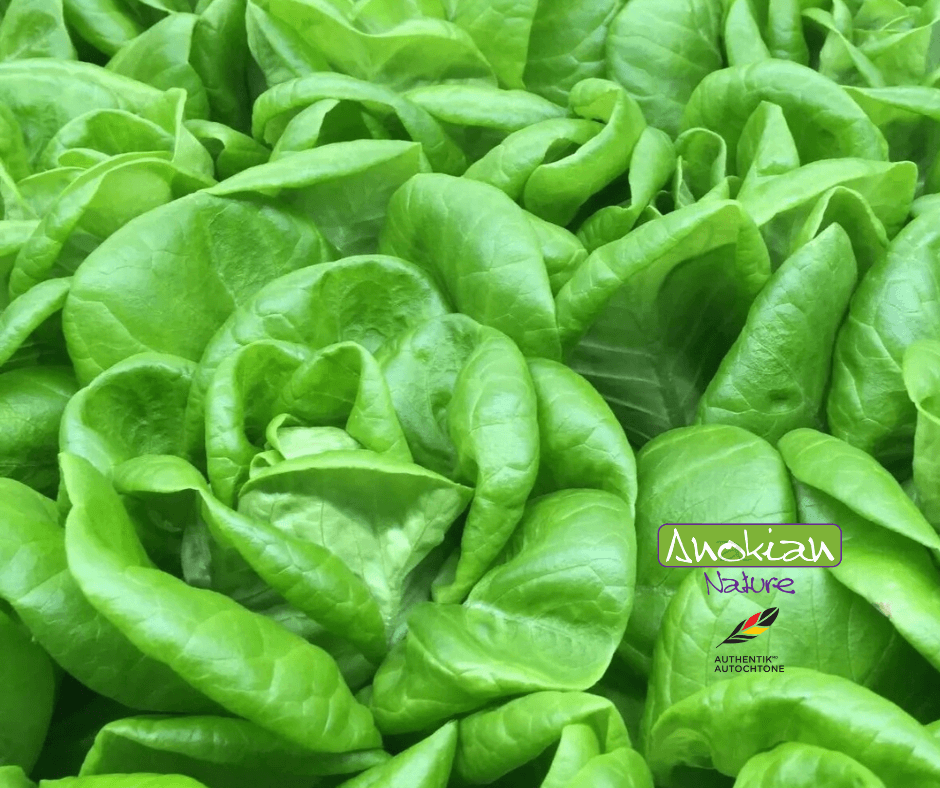Skip to product information










Seed | Buttery Crisp Lettuce
$3.99 CAD
Quantity
These Buttery Crisp Lettuce seeds produce a variety of lettuce with tender, crisp leaves and a mild, buttery flavor. Ideal for Quebec vegetable gardens, this lettuce withstands both cool and warm temperatures.